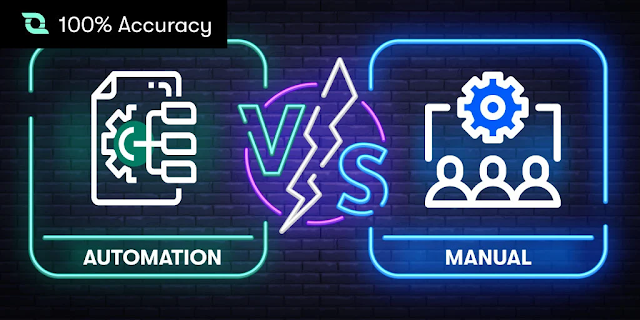Eliminate your OCR and Manual Data Entry Bottleneck

Intelligent document processing This new AI-driven approach to data processing can do far more than OCR. What is IDP? Why is it different? When is it better? Is it right for me? This eBook is an executive guide to Intelligent Data Processing , a new AI-driven solution that can unlock the data you need to drive intelligent automation and improve business processes. Get an overview of IDP, explained in simple terms. Learn what it is, why it’s fundamentally different from OCR , and how it can be applied to remove bottlenecks in your business. Includes three examples of typical use cases . Download The eBook To know More 😁 https://hubs.ly/H0rq_Lk0





